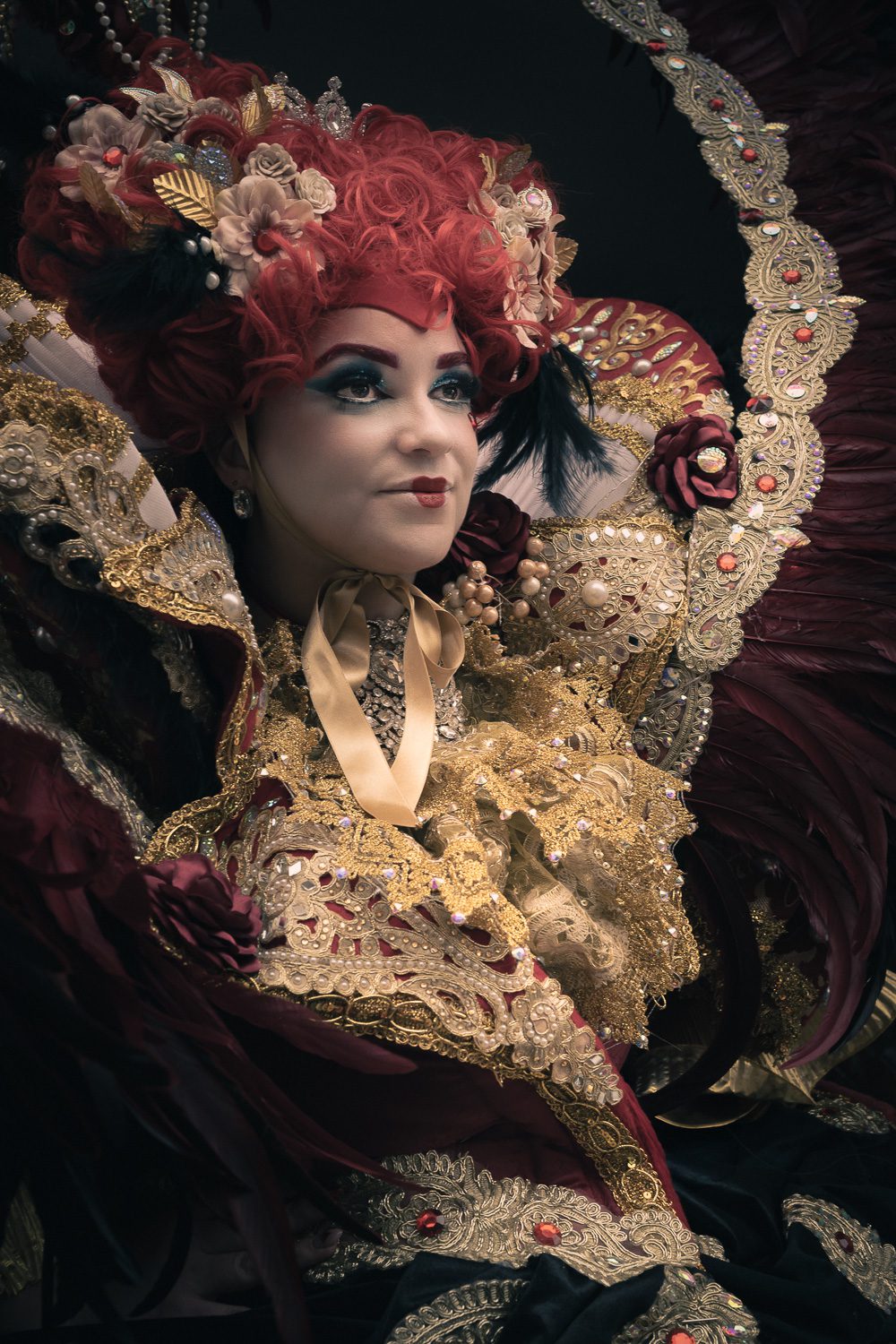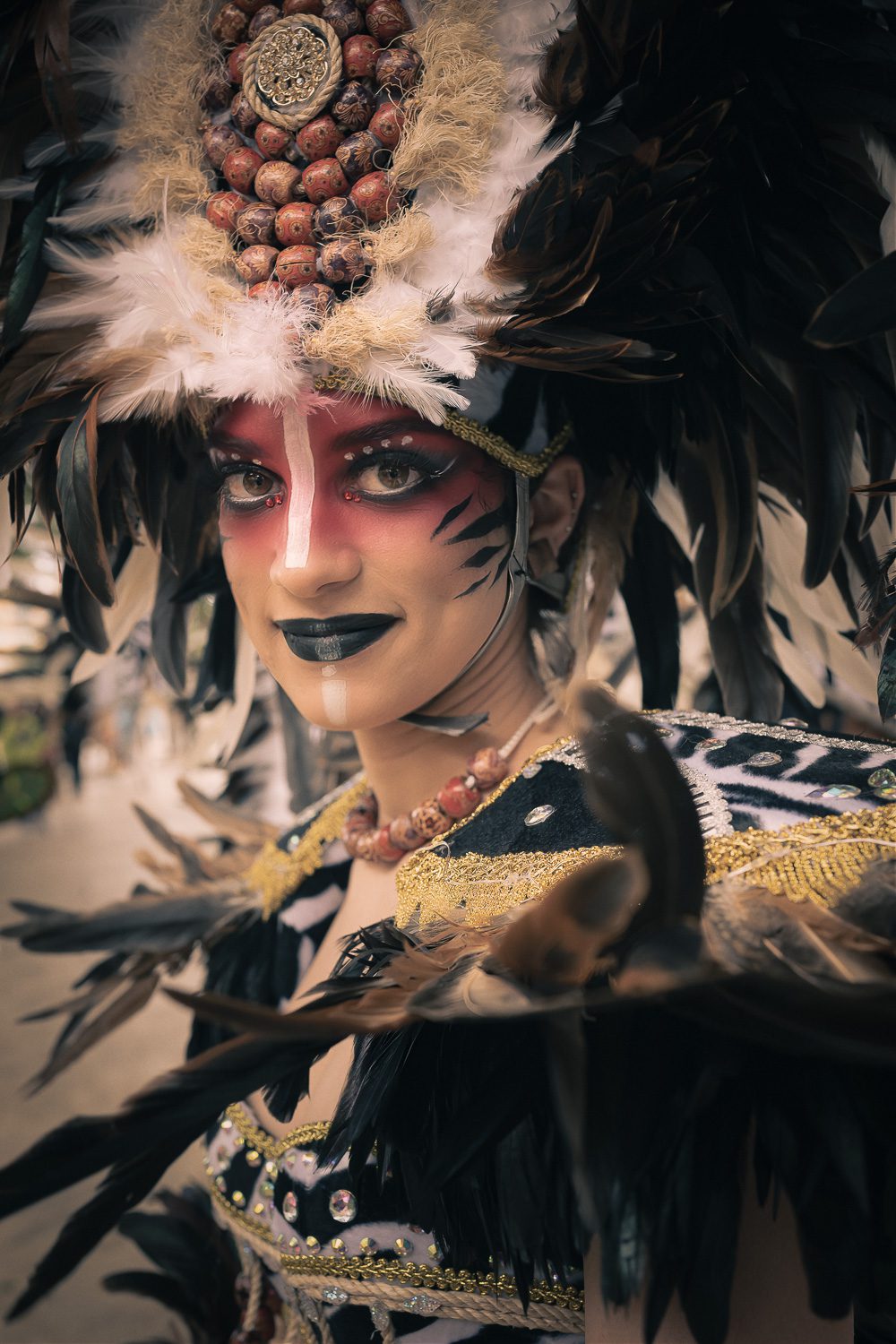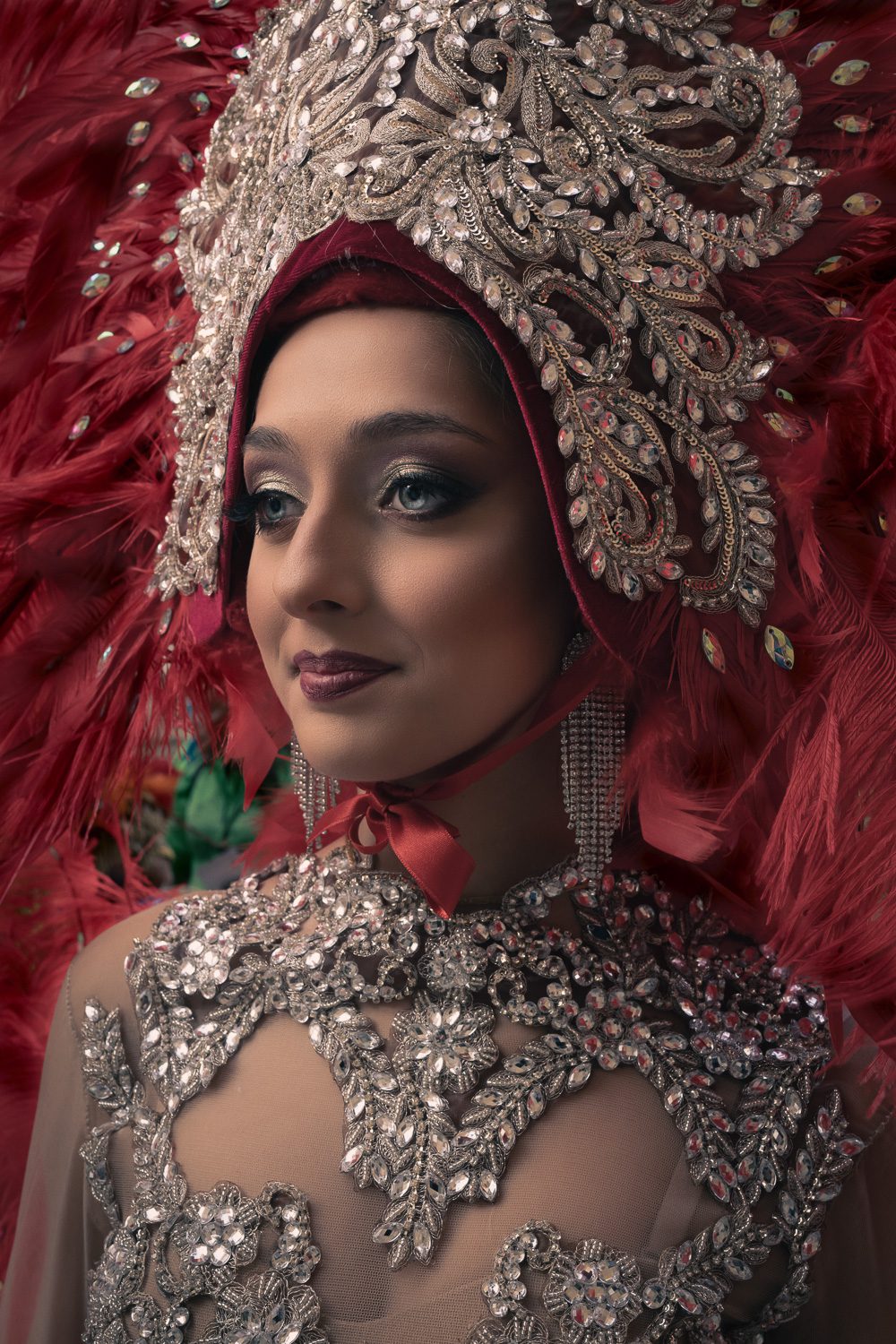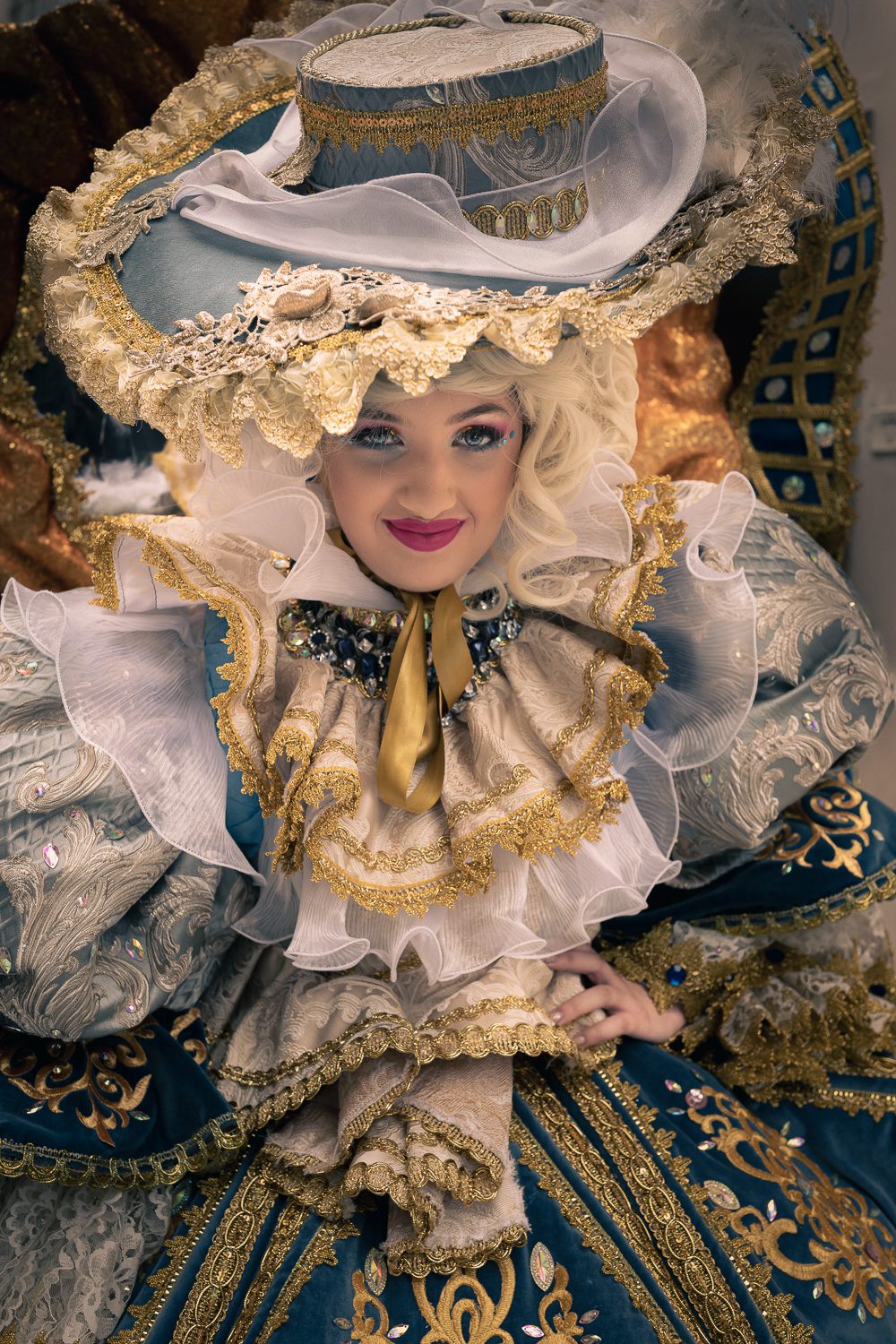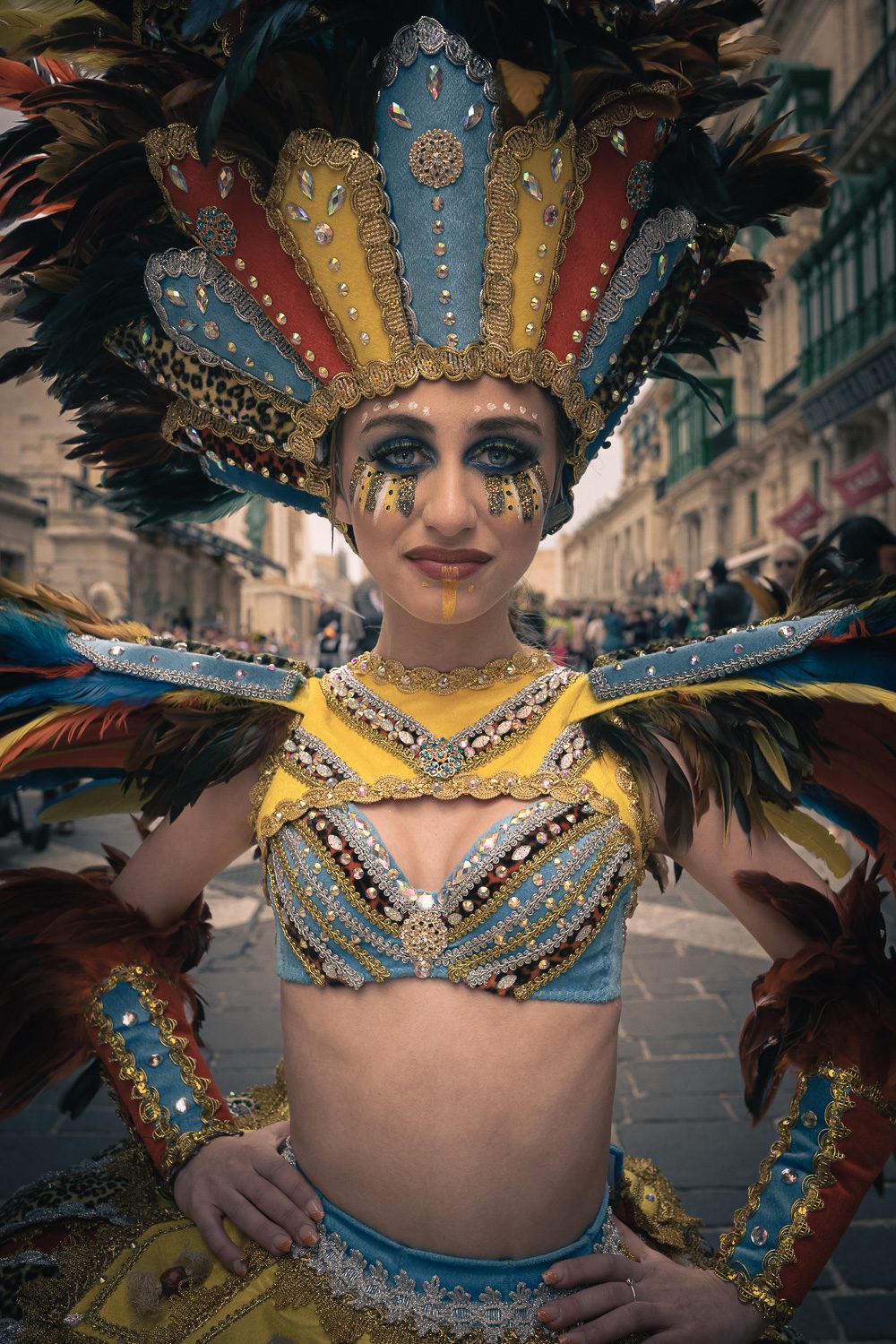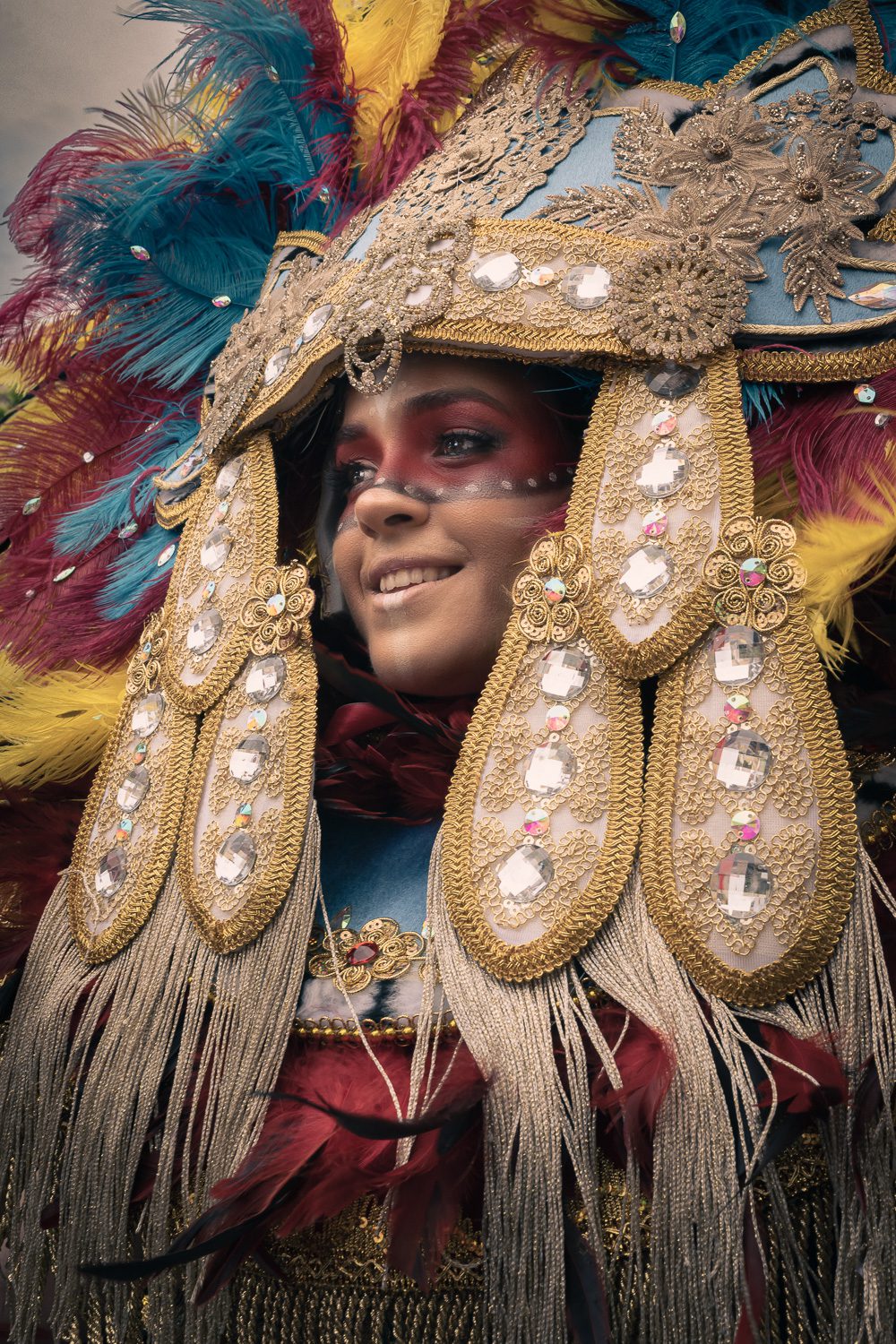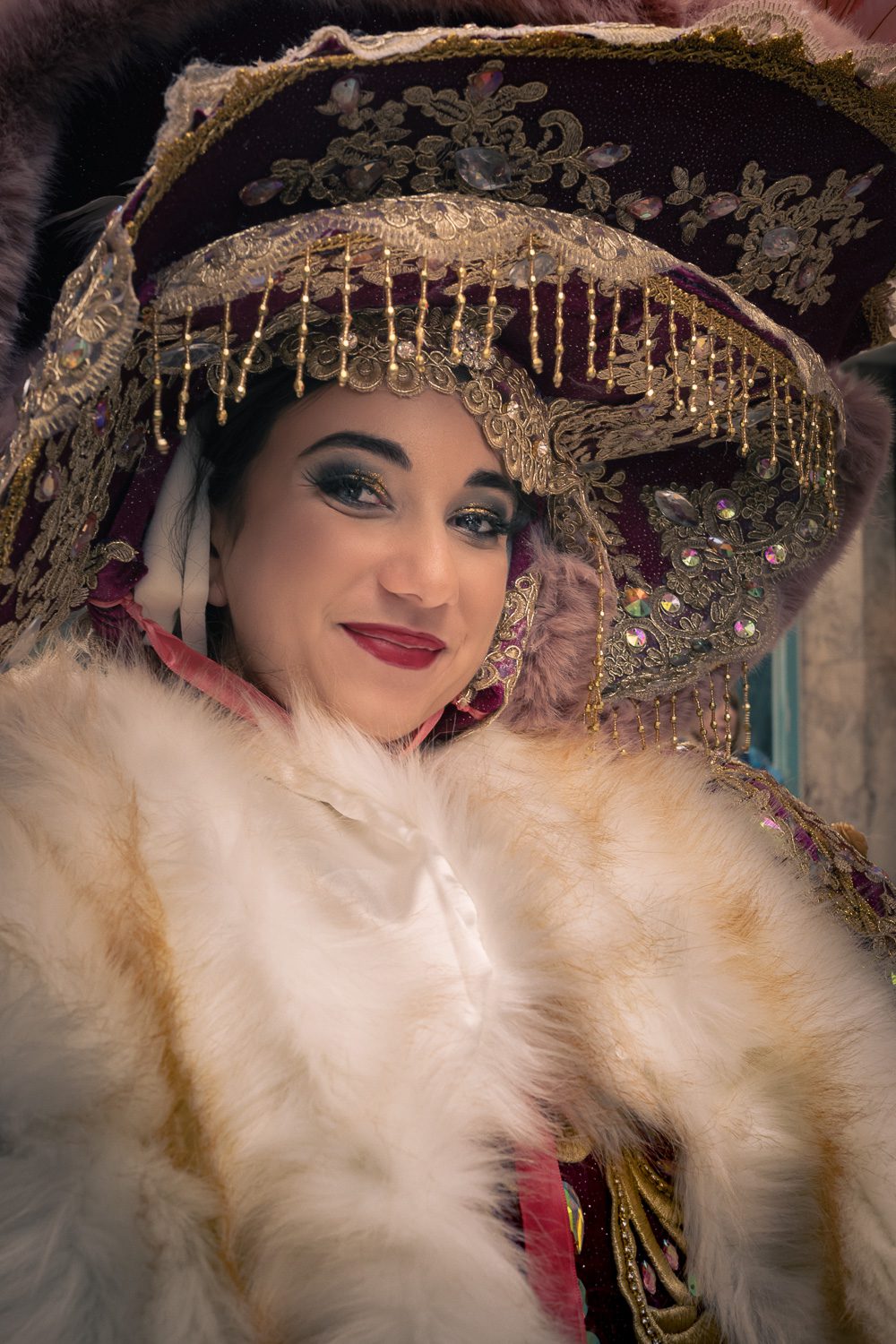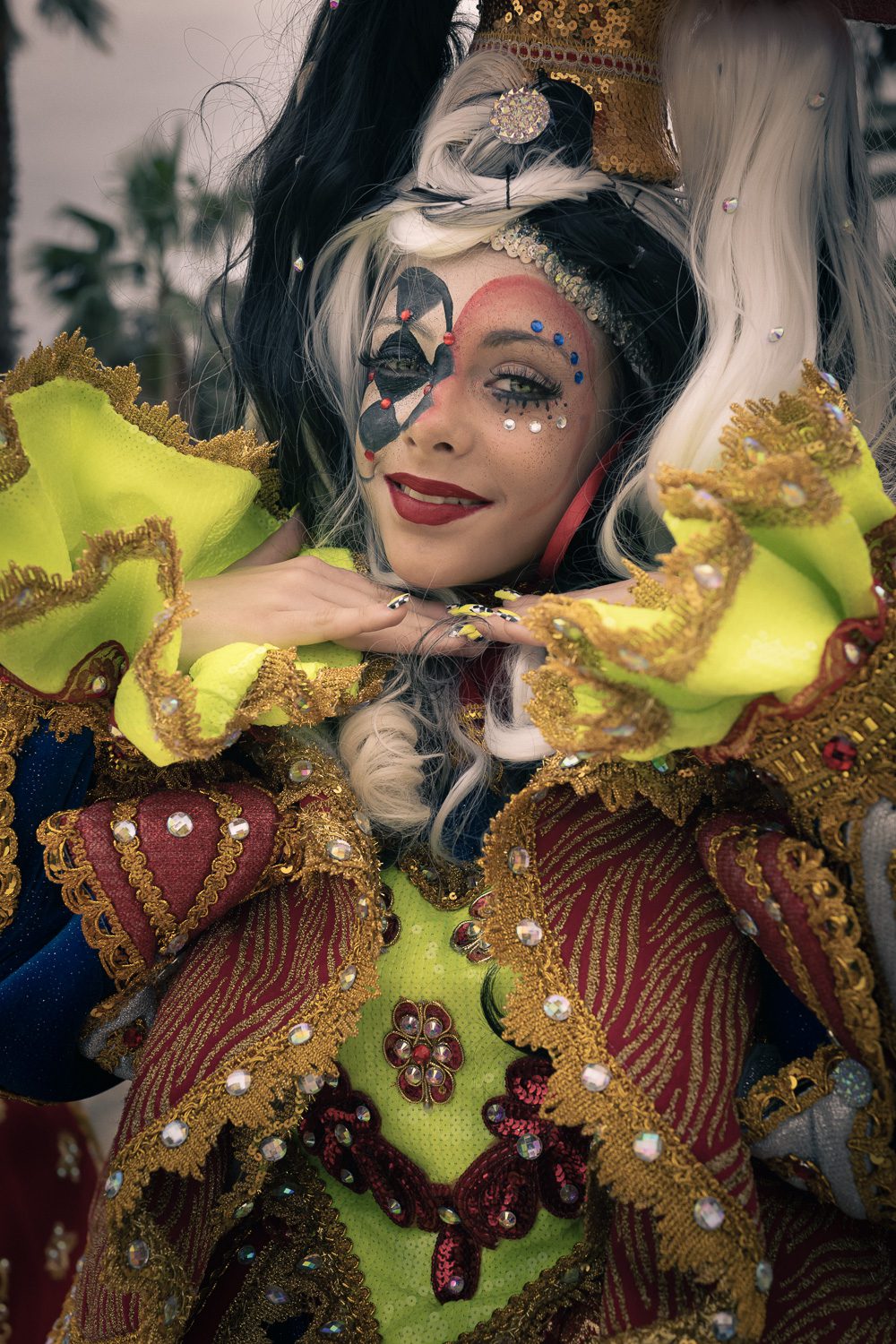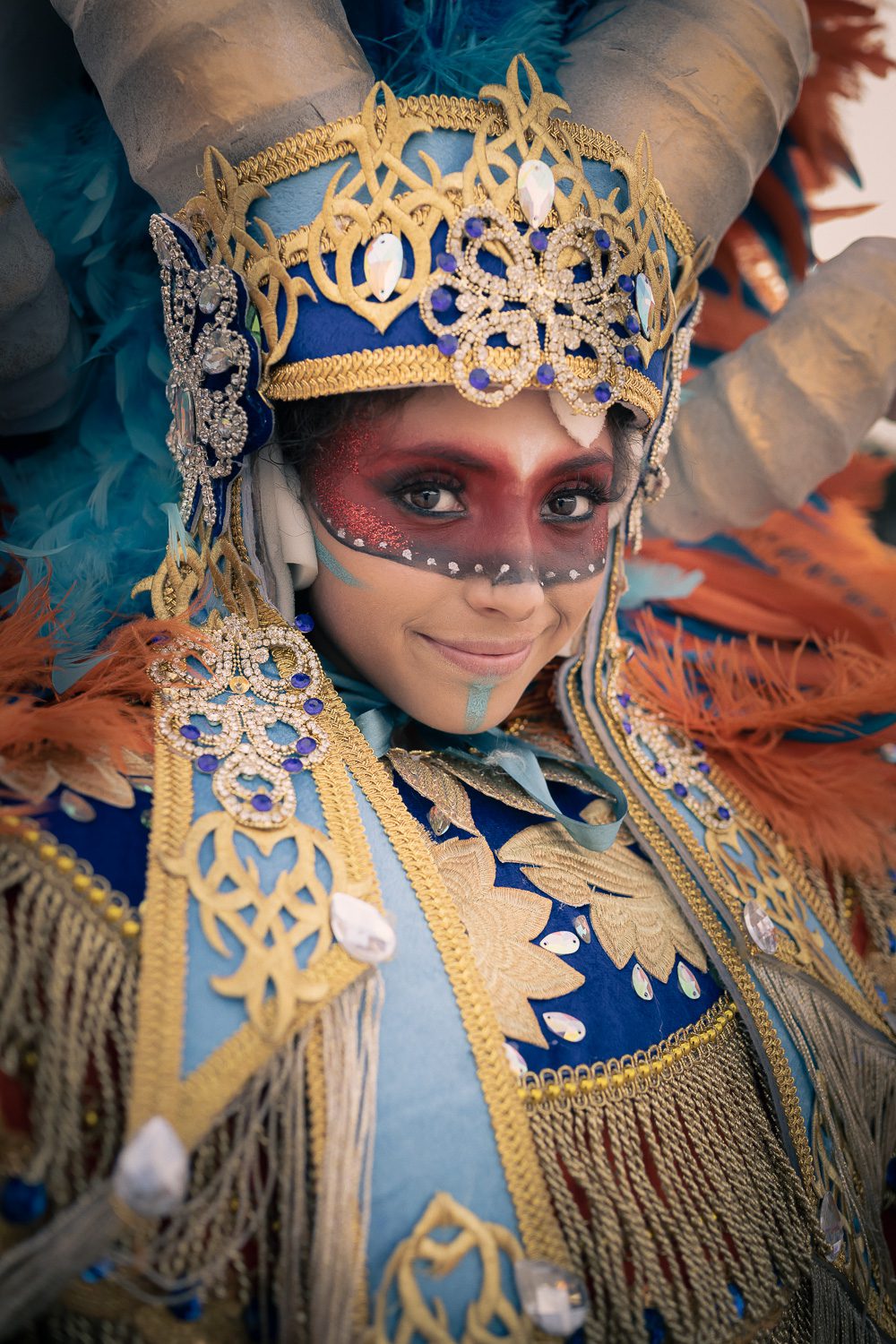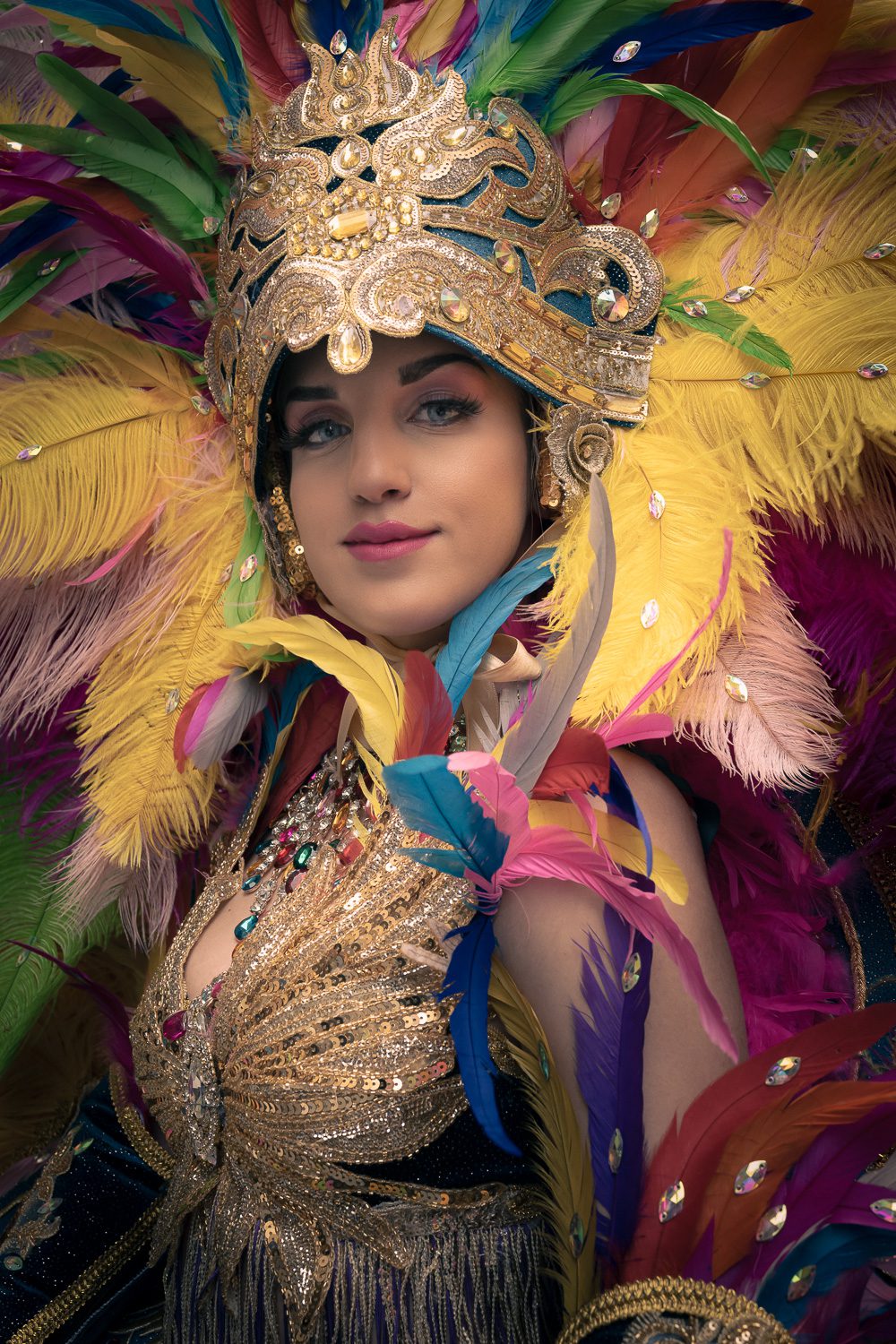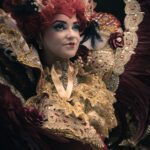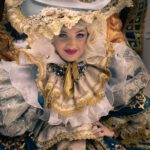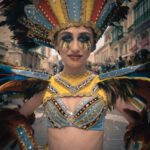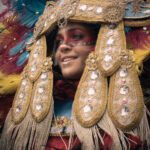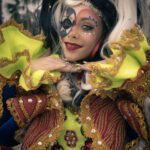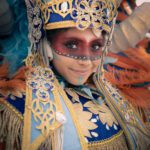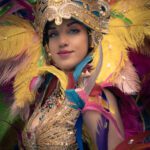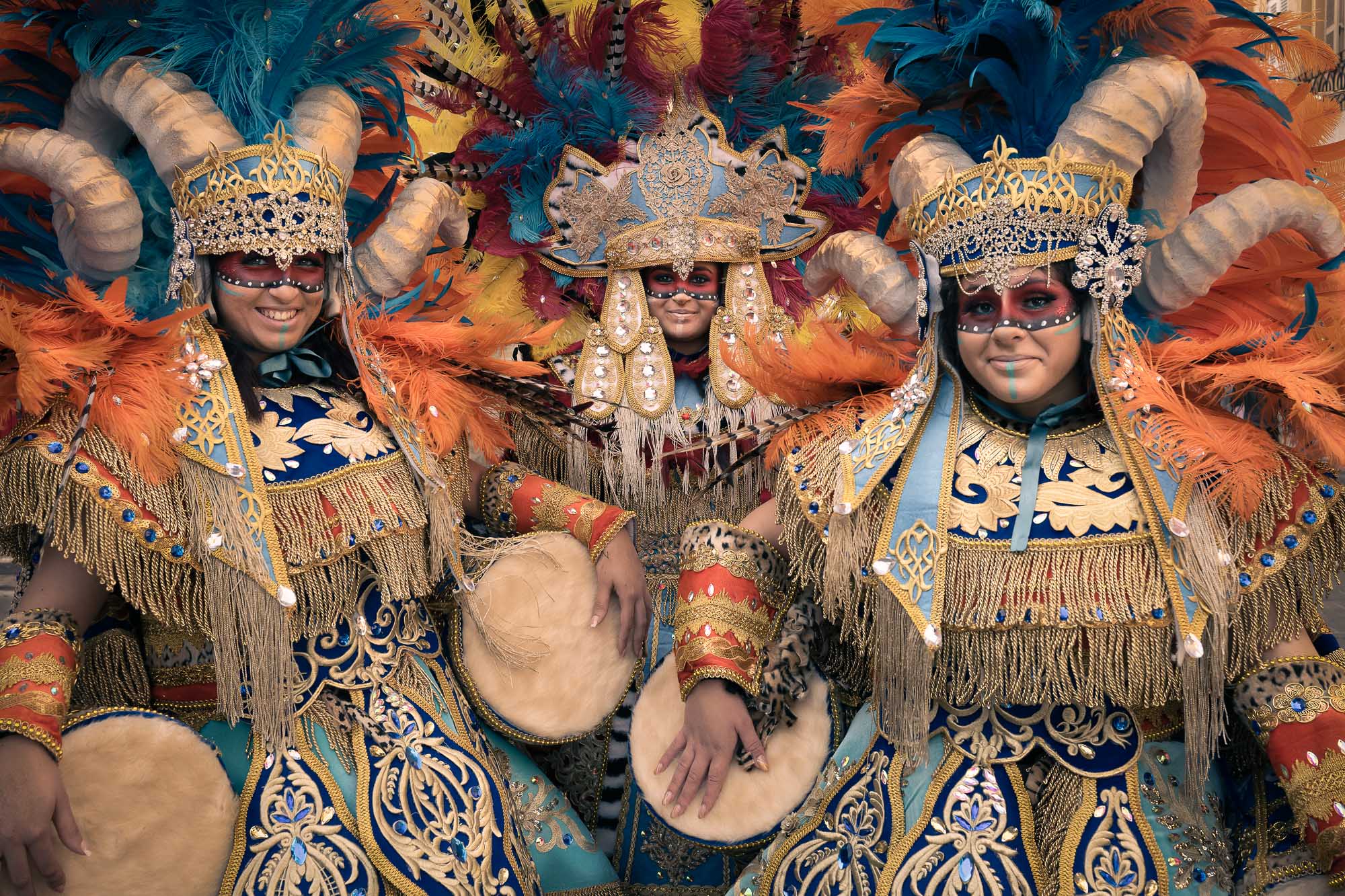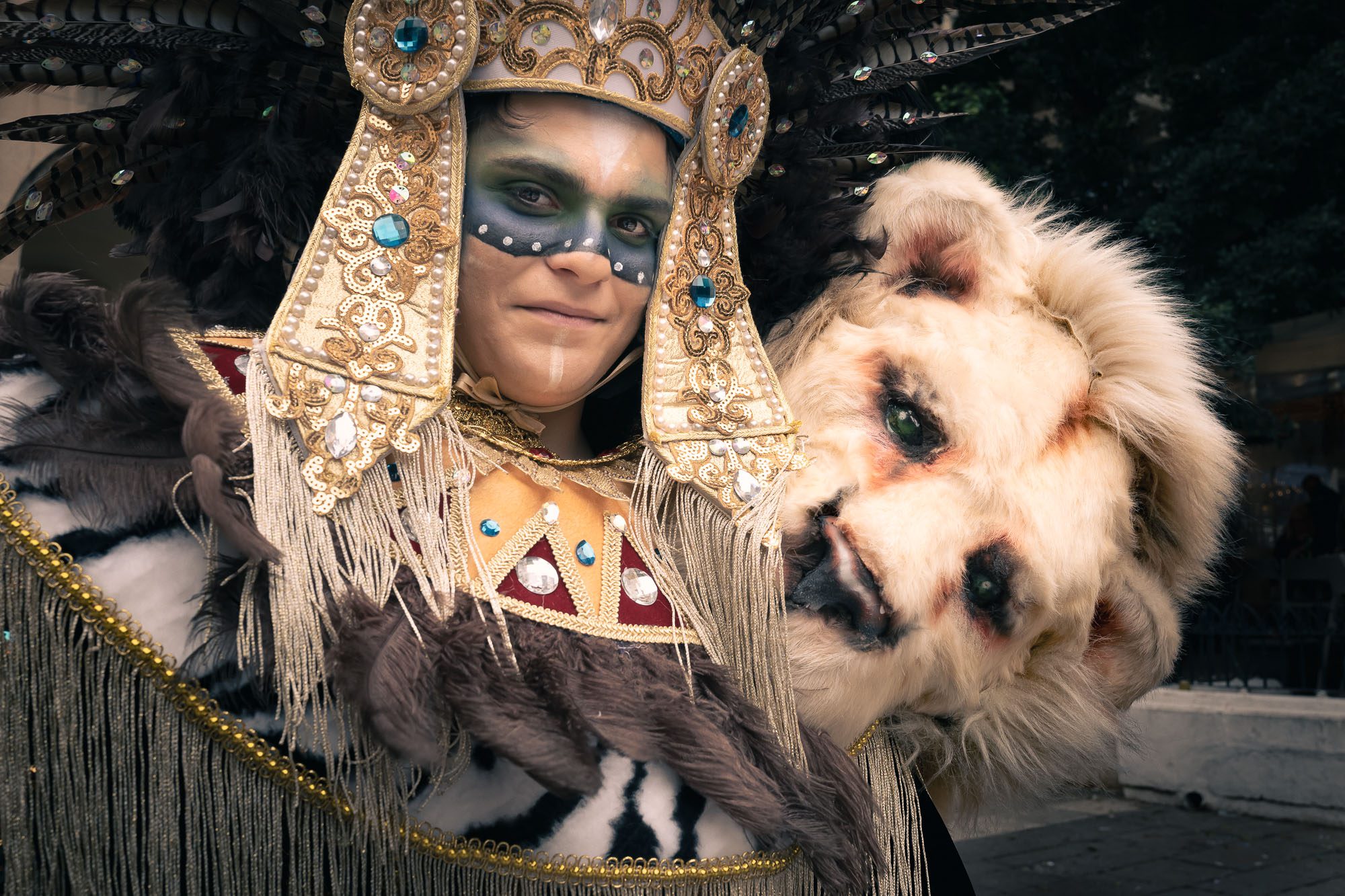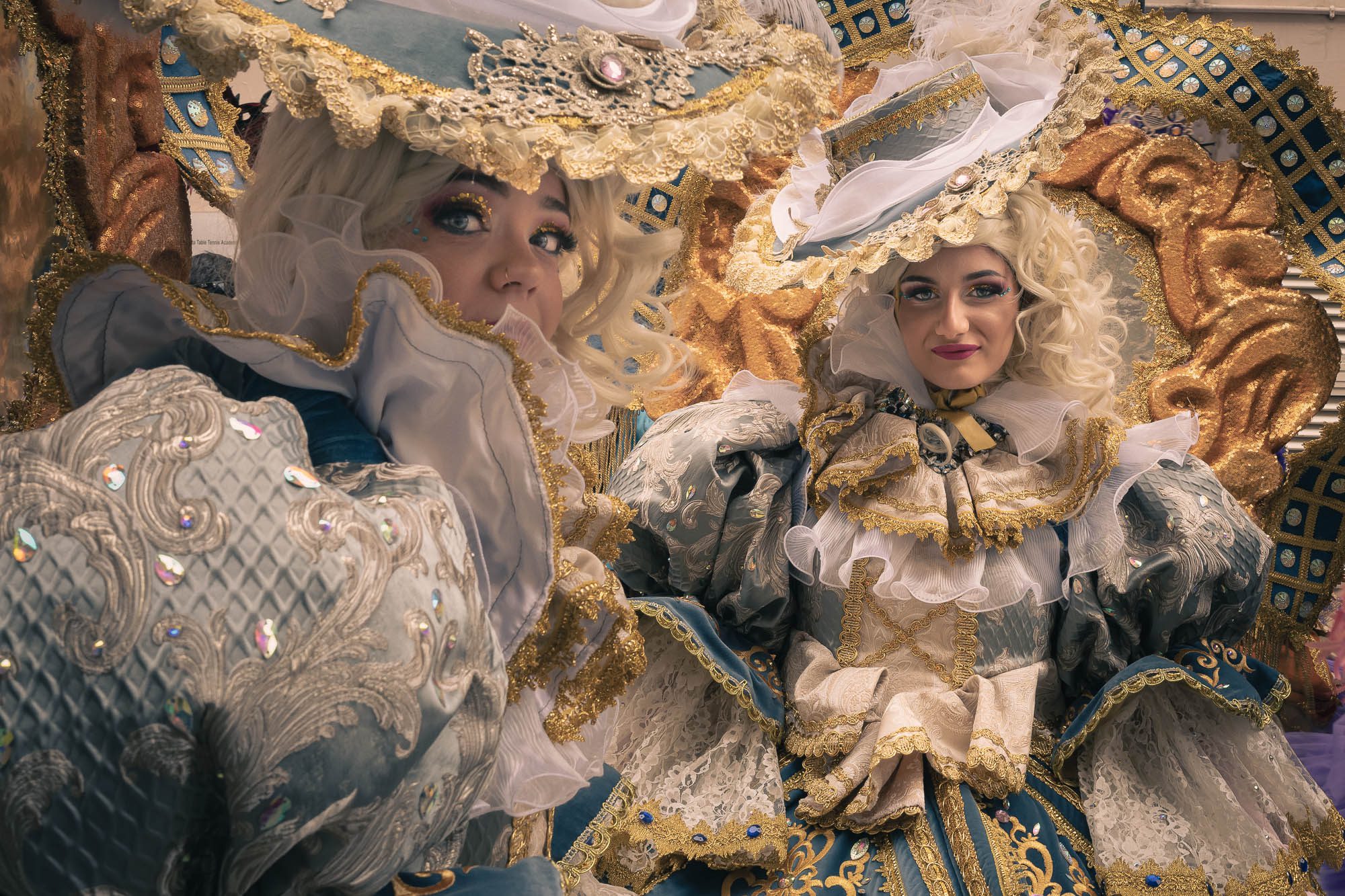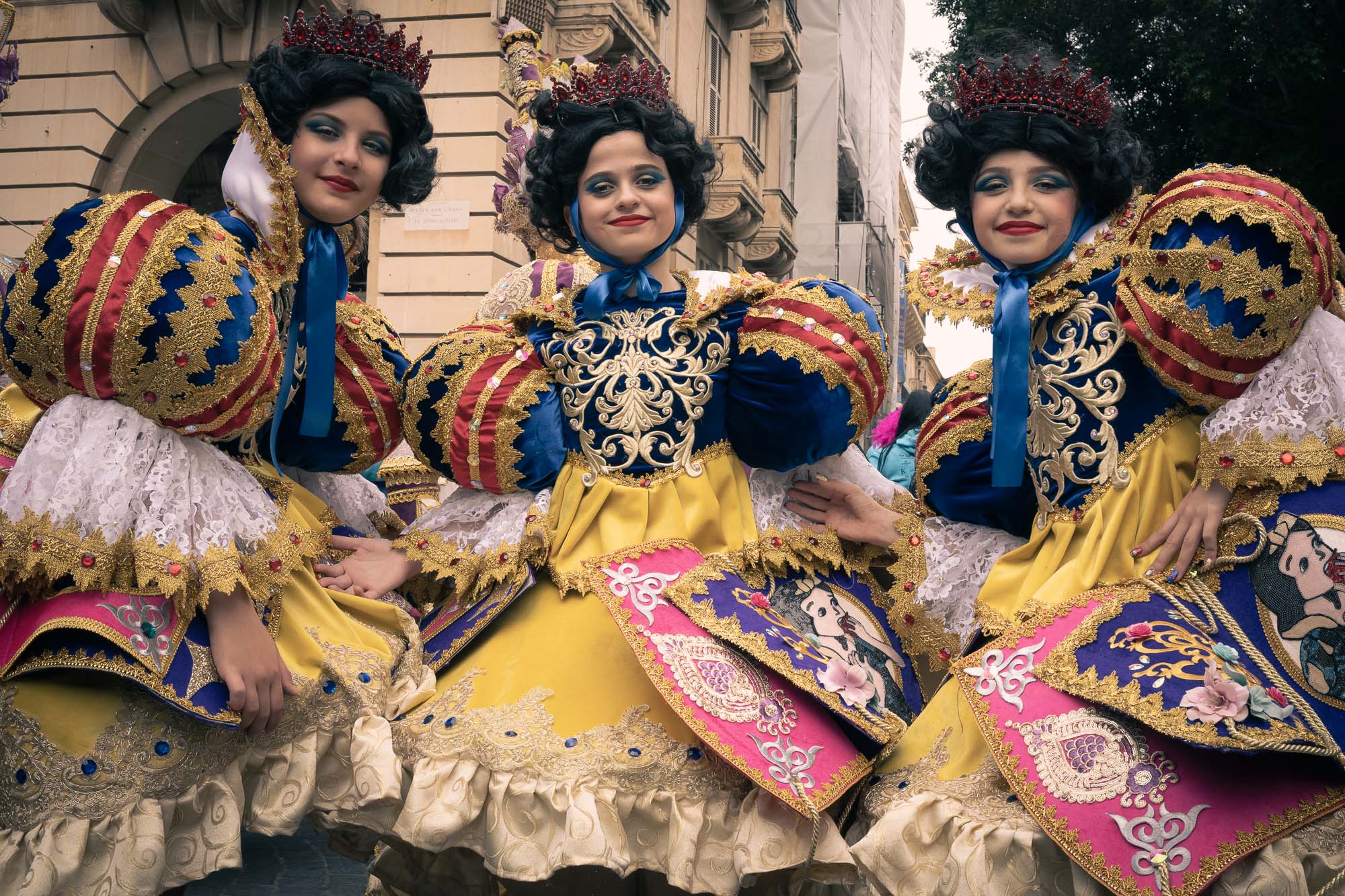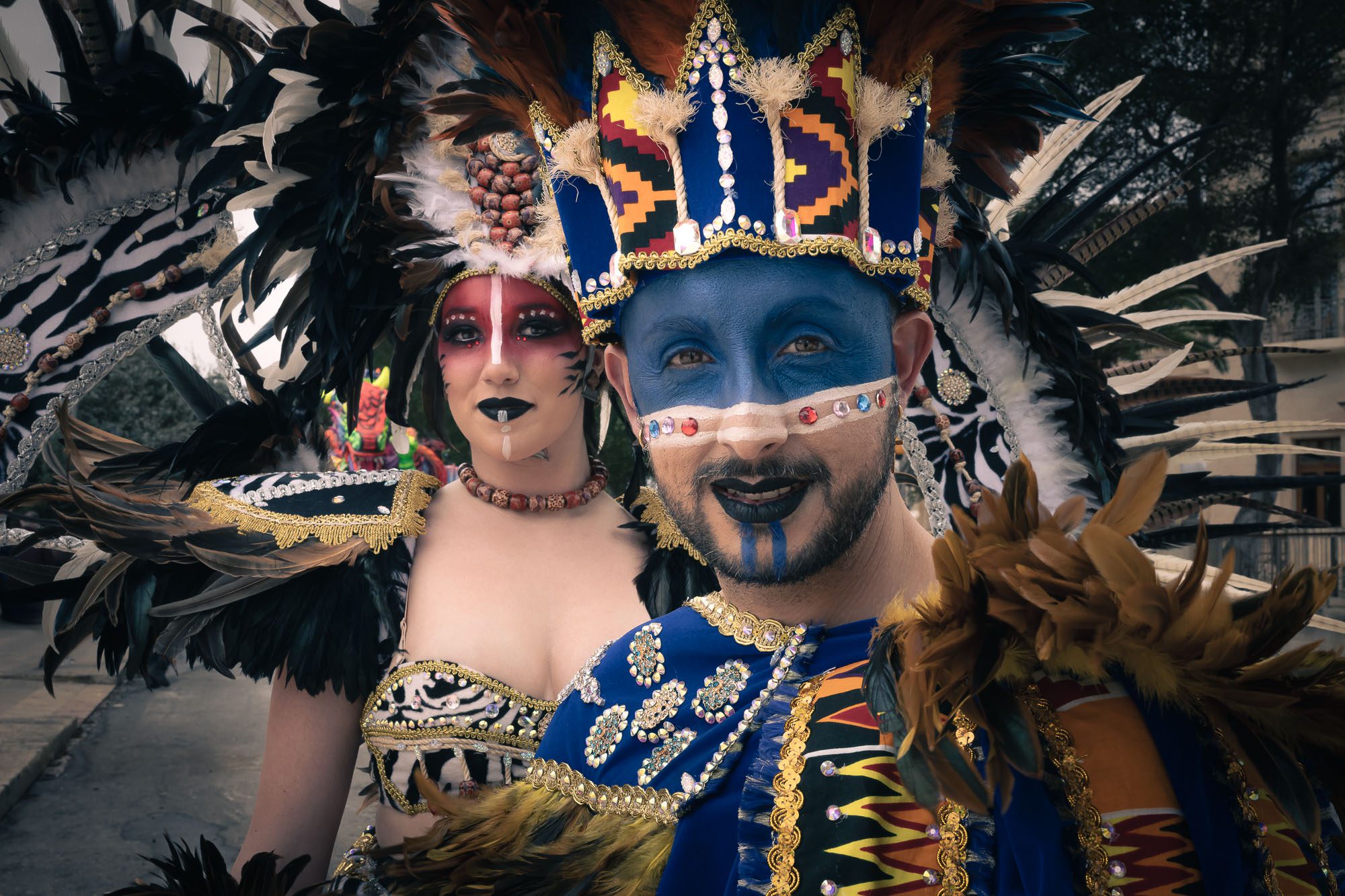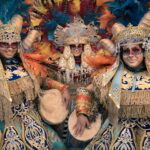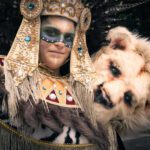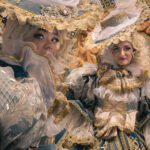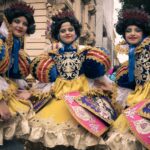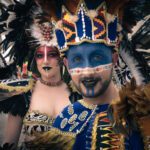Its Origins
Malta’s Carnival can be traced back to the influence of the Knights of the Order of St John, who became the protectors of the islands in the 16th century. However, the essence and practice of Malta’s Carnival predate this period, with elements of this seasonal celebration already present among the island’s inhabitants before the Knights’ arrival. Nonetheless, the Knights played a pivotal role in the evolution of the festivities, introducing tournaments, costume balls, and parades that reflected their penchant for pageantry and spectacle. Records suggest that during the tenure of Grand Master Piero de Ponte, at the 1535 Carnival, the Knights participated in jousting tournaments and joined in with the masked revellers, much to the dismay of the Grand Master, who condemned their behaviour as irresponsible and abusive. It is worth noting that the Knights were members of a religious order where sobriety and religious devotion were cornerstones of their identity.
Carnival is traditionally celebrated before Ash Wednesday, which, in the Christian calendar, marks the first day of the 40 days of Lent, leading up to Easter Sunday. Traditionally, for believers, this is a period of spiritual preparation in anticipation of Christianity’s most important feast, Easter.
The word “Carnival” is derived from the Latin “carne vale,” meaning “farewell to meat.” This festival embraces excess, serving as a buffet of revelry, where the only rule is to forget there are any rules. After all, what better way to prepare for what was, in times past, a period of abstinence and contemplation? So, as we don our masks and dive into the festivities, let’s remember: Carnival isn’t just a festival; it’s our ancestral excuse for one last hurrah of hedonism.
The Evolution of Carnival in Malta
Throughout the centuries, Carnival has been more than just a pre-Lenten celebration; it has served as a social outlet and a means of expression for the Maltese people. Under the Knights, it was an occasion for opulence and benevolence, allowing both the nobility and commoners to engage in festivities that temporarily blurred social boundaries.
During the 19th century, Malta came under British rule, with the introduction of significant changes in administrative values and practices. This period also marked a transformation in Maltese cultural identity, reflecting the broader dynamics of colonial influence. Initially, the British authorities approached the Maltese Carnival with a degree of scepticism, concerned about public order and moral standards, and efforts were made to curtail certain aspects of the celebration deemed too unruly. The British did, however, create a more structured parade format and the introduction of military bands to the Carnival. However, for the Maltese people, these ever-popular festivities became an arena to showcase local cultural resilience and a medium for social commentary and satire. Through masked anonymity, ordinary people engaged in parodying the ruling elite, leading to restrictions on the use of masks and the conduct of celebrations aimed at sanitising the event to align with British sensibilities. Despite these measures, the Carnival retained its popularity among the Maltese.
In the wake of Malta’s independence, the Carnival experienced a renaissance, symbolising the island’s autonomy and a resurgence in its traditional cultural identity. The Maltese people embraced the Carnival with renewed enthusiasm, infusing it with national pride and historical continuity. Traditional elements were melded with innovations: float designs became grander, costumes more vibrant and intricate, and dance routines more enthusiastic. Today, the Carnival thrives with even more technology, louder sound systems, and greater orchestration to accommodate television audiences.
The Maltese Carnival is a testament to the joy and enthusiasm of the people who bring it to life. Through their dedication and hours spent crafting elaborate floats, sewing vibrant costumes and rehearsing for the grand parade, they keep the spirit of Carnival alive.
The Photography
I approached photographing the Carnival in a manner similar to my street photography. Typically, my street photography kit is pared down to a single camera body accompanied by 24mm, 35mm, and 50mm lenses, and this time, I opted for a mirrorless body rather than my beloved rangefinder. Since rain was forecast, I used my Tenba Fulton 10L backpack so I could also stow away a rain jacket. Camera bags are a bone of contention for me as I am still searching for the perfect bag. Since street photography involves spending a lot of time out and about, I try to avoid being weighed down, and this 10L backpack, although an overkill for my camera kit, does allow me space to store my other items. Now, back to the photography.
I am drawn to working in B&W as I enjoy creating a narrative through the use of contrast and texture, focusing on the subject without the distraction of colour. Yet, the Carnival’s intrinsic vibrancy and dynamism called for a departure from my usual medium. It’s a celebration where colour doesn’t just add to the scene; it is the scene. The riot of hues from the flamboyant floats and costumes encapsulates the very spirit of the Carnival, making colour an indispensable element of the narrative. Photographing the Carnival in B&W would mute its exuberance and veil the very vibrancy that defines it.
The grandeur of the floats and the spectacle of the dance routines offer compelling subjects and the opportunity to employ a range of camera techniques, from motion blurs and ICM to abstract details of the floats. I opted to focus on portraits, as for me, the people are the real heart of the celebration.
Photographing Carnival celebrations can, at times, be challenging, as navigating the bustling environment, filled with the constant movement of its participants, demands quick reflexes and an even quicker shutter finger. Working in these conditions often meant I could capture only a couple of frames for each person I encountered. However, despite these challenges, the occasion offers a lot of fun and rewarding imagery.
Finally, I invite anyone featured in this blog post to get in touch, as it would be a pleasure to send you a copy of the photographs, as you were all stars. I would also like to thank the people who have messaged me through my Instagram feed asking for copies of the pictures.

